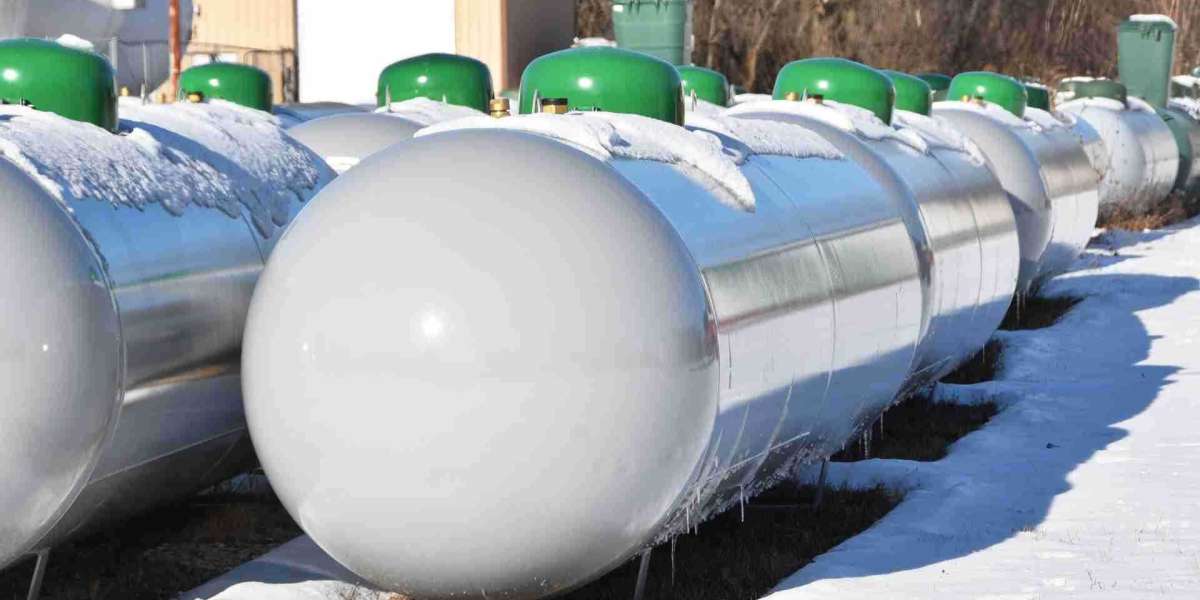There’s something undeniably enchanting about gathering around a fire pit in the middle of winter. The crackling flames, the cozy warmth they exude, and the way they turn cold, snowy evenings into magical moments make propane fire pits an ideal winter companion. Whether you're enjoying hot cocoa with loved ones or relaxing after a long day, a propane fire pit can elevate the winter experience.
2. Understanding the Basics of Propane Fire Pits
Propane fire pits are popular for their convenience and clean-burning nature. Unlike wood, propane burns without releasing harmful smoke, making it perfect for both open spaces and enclosed areas with ventilation. In winter, when traditional fire pits may be cumbersome due to the moisture in the wood, propane provides an efficient and consistent flame that doesn’t rely on kindling. It's crucial to understand how your propane system works to use it safely, especially in colder months.
3. Choosing the Right Location for Your Fire Pit
When using a propane fire pit in winter, location is critical. It’s not just about aesthetics but also about safety. Placing your fire pit on an even surface away from snowdrifts or icy patches can prevent accidental tipping or uneven burning. Ensure the area is free from overhanging branches or awnings that could be ignited by stray sparks. Also, avoid positioning the fire pit too close to doorways or windows, as this could block ventilation or allow heat to escape indoors unintentionally.
4. Inspecting the Fire Pit Before Use
Before lighting your propane fire pit, conduct a thorough inspection. Winter weather can take a toll on outdoor equipment, so checking for any visible damage, leaks, or ice buildup is essential. Make sure the connections between the propane tank and the pit are secure and free from wear. This step is particularly vital after heavy snowfall or freezing rain, which can compromise the functionality of your fire pit.
5. Ensuring Proper Ventilation in Winter
Ventilation becomes even more important during the winter months. When snow piles up around your fire pit, it can block proper airflow, increasing the risk of carbon monoxide buildup. Always ensure the fire pit is used in an open, well-ventilated area. Even though the flames may seem small, the gases produced require a clear path to disperse safely. Avoid placing the fire pit in enclosed spaces like garages or porches unless proper ventilation systems are in place.
6. Protecting the Propane Tank from Extreme Cold
Propane can behave differently in freezing temperatures, so it’s important to keep the tank insulated from extreme cold. Exposure to low temperatures can reduce propane pressure, making it harder for your fire pit to maintain a steady flame. Consider using a propane tank cover or keeping the tank in a sheltered area when not in use. Additionally, avoid placing the tank directly on ice or snow, as this could cause temperature fluctuations that affect the gas flow.
7. Keeping the Fire Pit Clear of Snow and Ice
One of the key steps to safely operating a propane fire pit in winter is keeping it free from snow and ice. Accumulated snow can prevent proper ignition, while ice on the surface can be hazardous if it melts and comes into contact with the propane system. Use a sturdy brush to remove snow from the fire pit before lighting it, and always keep the surrounding area clear to avoid slips or falls.
8. Lighting the Fire Pit Safely in Cold Weather
Winter weather can make lighting a fire pit slightly more challenging. Always follow the manufacturer’s instructions for safe ignition. In extreme cold, allow the propane tank to acclimate slightly before lighting to avoid sudden gas bursts. If using an electric ignition system, ensure the components are free from moisture, which could cause short-circuiting. Once lit, monitor the flame to ensure it’s burning evenly and brightly, indicating proper gas flow.
9. Monitoring and Maintaining a Steady Flame
Winter winds and fluctuating temperatures can affect the stability of your fire pit’s flame. Keep an eye on the flame at all times to ensure it remains steady. Sudden gusts of wind can cause the flame to flare up or die down unexpectedly. Adjust the flame settings to suit the weather conditions, and never leave the fire pit unattended, as unpredictable winter elements can increase the risk of an out-of-control fire.
10. Storing Your Fire Pit Safely After Use
Once you’ve enjoyed your cozy evening, it’s essential to shut down and store your propane fire pit properly. Turn off the gas supply and disconnect the propane tank before covering the fire pit to protect it from snow or rain. If possible, store the fire pit in a sheltered area or use a weather-resistant cover to prolong its lifespan. Proper winter storage ensures that your propane fire pit will be ready for use whenever you need it, without risking damage from the harsh elements.
By following these steps, you can safely enjoy the warmth and ambiance of your propane fire pit throughout the winter season.














